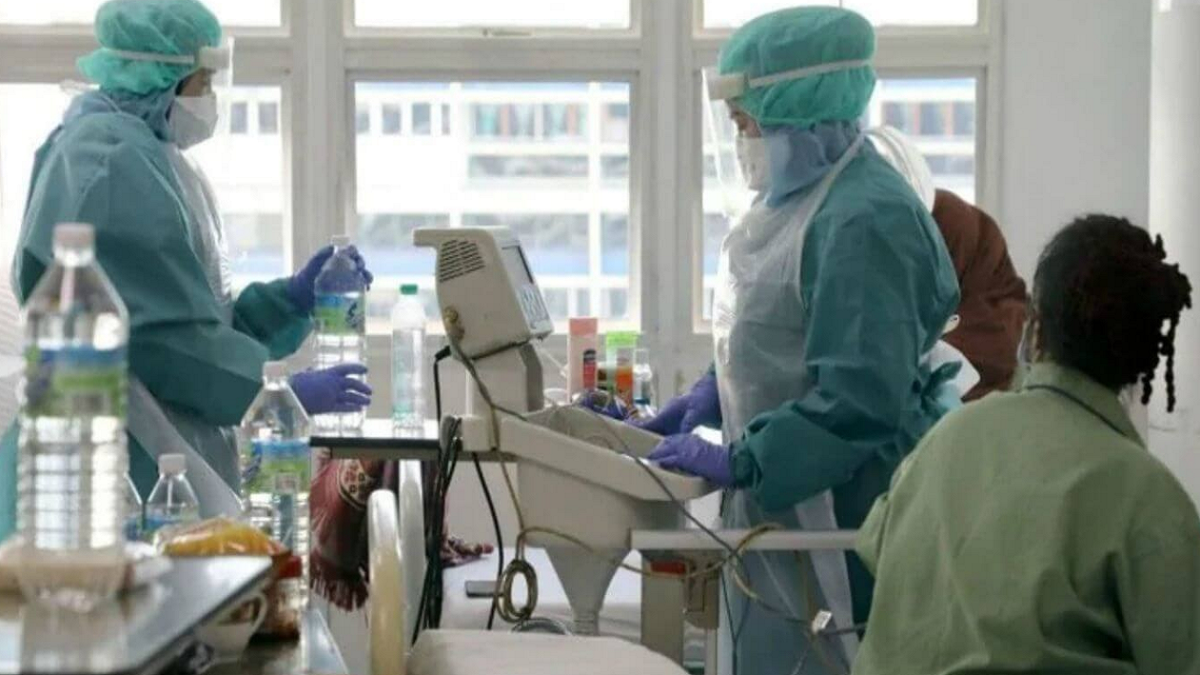


A Sero survey conducted by the Haryana government revealed that Covid-19 has adverse effects in 8% of the population in the state. The survey which was done last month showed that those living in urban areas and NCR districts were found more affected. Overall, 18,905 samples were collected in the state.
Haryana Health Minister Anil Vij said that a Sero Survey was carried out to find a Sero prevalence of Covid-19 in the population of the state including 850 persons from each district including urban and rural populations.
The urban population was affected more than the rural population. The SARS-CoV-2 Sero-positivity observed in the urban area is 9.6% and in the rural area, it is 6.9%, Vij added further.
A Sero survey is about testing a group of individuals for the presence of antibodies as it helps in understanding the number of people affected by the disease.
According to the survey, NCR districts are having high Seropositivity like 25.8% (31.1% in Urban and 22.2% in Rural) in Faridabad, 20.3% in Nuh, 13.3% (18% in Urban and 10% in Rural) in Sonipat and 10.8% in Gurugram (18.5% in Urban & 5.7% in Rural).
Higher Sero-positivity than the state average (8%) is also noticed in some other districts like Karnal 12.2% (17.6% in Urban and 8.8% in Rural), Jind (11%), Kurukshetra (8.7%), Charkhi Dadri (8.3%) and Yamunanagar 8.3% (5.9% in Urban and 9.9% in Rural).
The districts of Haryana which are having lower Sero-positivity than state average like in Panipat 7.4% (7.8% in Urban and 7.2% in Rural) & Palwal (7.4%), Panchkula 6.5% (3.7% in Urban and 8.5% in Rural), Jhajjar (5.9%), Ambala 5.2% (7.1% in Urban and 4.4% in Rural), Rewari (4.9%), Sirsa (3.6%), Hisar 3.4% (2.3% in Urban and 4.4% in Rural), Fatehabad (3.3%), Bhiwani (3.2%), Mahendragarh (2.8%), Kaithal (1.7%).
Rajiv Arora, ACS, Health department said that although Sero-positivity is higher in NCR districts as compared to nonNCR districts, the reason for the same could be a high density of population due to urban slums, multi-story buildings and daily movement of large population in NCR region.
It is pertinent to mention that 8% population of Haryana has developed antibodies, low prevalence findings can be attributed to the proactive efforts taken by the government to prevent the spread of infection including prompt lockdown, effective testing strategies, effective containment and surveillance measures including contact tracing and tracking.
The Director of Health Services IDSP, Dr. Usha Gupta said, “The study was conducted in August in Haryana. Survey teams were constituted for all the 22 Districts and 850 samples were collected from each district covering both urban and rural populations.”
Giving further details Dr. Usha Gupta said, “A stratified multistage random sampling technique was used. Total number of 16 clusters i.e. 12 rural and 4 urban clusters were randomly selected for the total samples.”